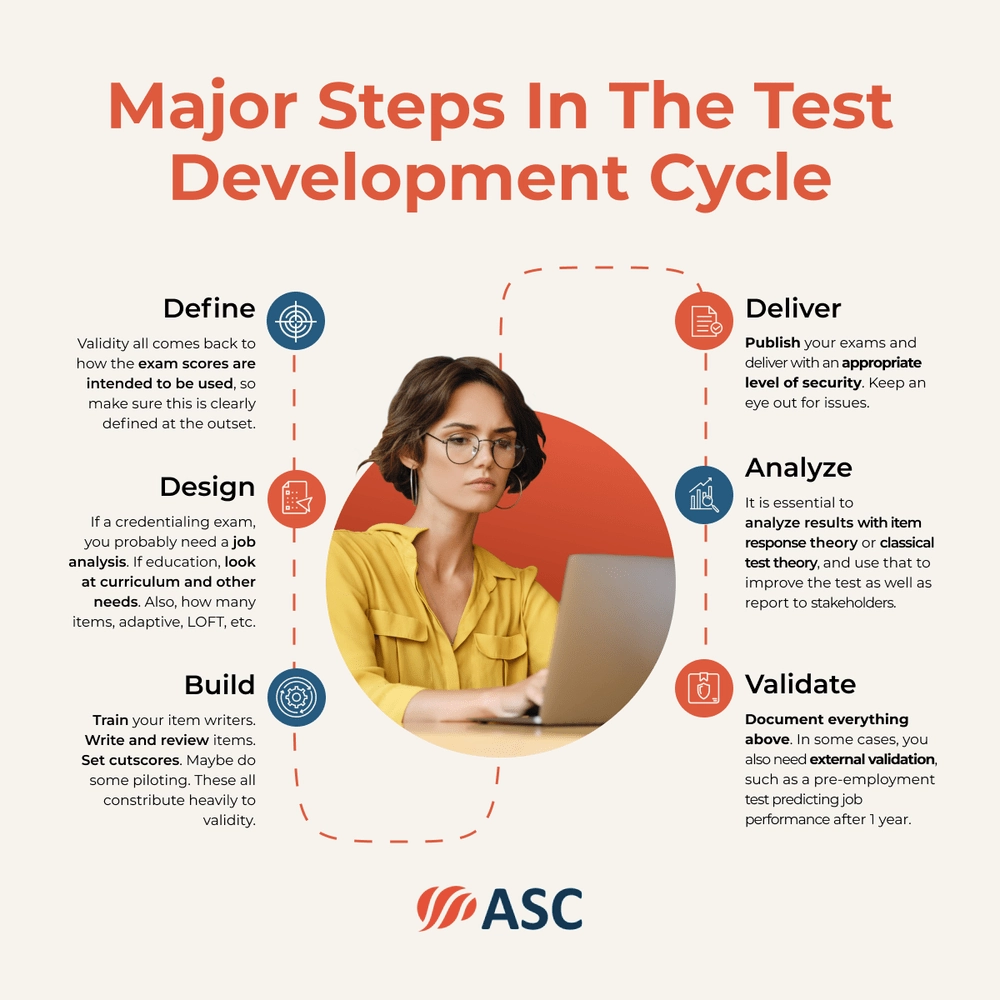Microcredentials are short, focused, and targeted educational or assessment-based certificate programs that offer learners a way to acquire specific skills or knowledge in a particular field. In today’s fast-paced and rapidly evolving job market, traditional degrees may not always be enough to stand out among the competition, and they often take too long to achieve. Microcredentials have emerged as a promising solution to this problem.
What is a Microcredential?

A microcredential is, as the name would suggest, a smaller version of a credential. A credential is an attestation of learning or skills, that is typically long-term or large scale. Examples are a 4-year degree in Marketing, certification as a SalesForce developer, or licensure as a surgeon. Microcredentials have a similar meaning but are typically much more narrow; instead of a degree in marketing, you might have completed various course/certificates in Wordpress plugin development, Google Ads, Search Engine Optimization, etc. Because of the high stakes and specific focus, it’s important to follow best practices in test development (see left).
In addition, there are other terms like “nano-degrees” or “digital badges” which sometimes overlap, but there are no agreed-upon definitions that differentiate. However, Badges are usually considered to be even smaller than a Microcredential or Nano-Degree.
In most cases, microcredentials are tied to educational programs, and are therefore quite distinct from certification or licensure, which are assessment-focused. These are often smaller than a university degree, such as a 2-week online course or a 3-month bootcamp.
Why Microcredentials in Modern Workforce Development
Microcredentials have become increasingly popular in recent years because they offer several benefits to both learners and employers. For learners, they provide a more flexible and cost-effective way to gain new skills or upgrade existing ones without committing to a full-time degree program. Additionally, microcredentials allow learners to demonstrate their competency in a specific skill or knowledge area, which can help them stand out in a crowded job market. Given that they are less expensive and short duration, learners can often receive “more bang for their buck” in terms of adding to their skillset and improving job prospects.
For employers, microcredentials offer a way to identify job candidates who possess the specific skills they need. By looking for candidates who have earned they in relevant areas, employers can quickly narrow down the pool of applicants and find the most qualified candidates. Additionally, they can be used by employers to upskill their existing workforce, helping employees stay current with the latest developments in their field.
How to Earn One
Microcredentials can be earned in a variety of ways, including online courses, workshops, boot camps, and other short-term training programs. These programs typically focus on a specific topic, such as data analytics, project management, or digital marketing. To earn a microcredential, learners must complete a series of online assessments that demonstrate their mastery of the subject matter. Once earned, microcredentials are typically displayed as digital badges that can be shared on social media profiles, online resumes, or other platforms.
Types of Microcredentials
There are several types of microcredentials available, including skill-based, competency-based, and stackable credentials. Skill-based microcredentials focus on developing specific skills or knowledge areas, such as coding, graphic design, or language proficiency. Competency-based microcredentials, on the other hand, assess a learner’s ability to perform a specific task or set of tasks, such as managing a team or conducting market research. Finally, stackable microcredentials allow learners to build on existing credentials by earning additional microcredentials in related areas, creating a pathway to a full degree program.
Example: Digital Marketing
Consider the field of marketing. Traditionally, you might go to a university for a 4-year degree in Marketing, Business, or Communications. This is a very broad approach, and of course takes 4 years (or more for some people). Alternatively, there are now many options where you can get a microcredential focused specifically on Digital Marketing, a very in-demand skill set. A great example of this is Oregon State University, but a quick googling will show you many more. Some providers will even get more specific, such as Social Media Management, Search Engine Optimization, or even specifically Wordpress. But then these are typically branded as a Badge rather than a Nano-Degree or Microcredential.
Conclusion
In conclusion, microcredentials offer a flexible and cost-effective way to gain new skills or upgrade existing ones, making them an attractive option for both learners and employers. By focusing on specific skills or knowledge areas, they allow learners to demonstrate their competence in a particular field, while also providing a way for employers to identify the most qualified job candidates. As the job market continues to evolve, microcredentials are likely to become an increasingly important part of the educational landscape, providing learners with the tools they need to succeed in their careers.

Nathan Thompson earned his PhD in Psychometrics from the University of Minnesota, with a focus on computerized adaptive testing. His undergraduate degree was from Luther College with a triple major of Mathematics, Psychology, and Latin. He is primarily interested in the use of AI and software automation to augment and replace the work done by psychometricians, which has provided extensive experience in software design and programming. Dr. Thompson has published over 100 journal articles and conference presentations, but his favorite remains https://scholarworks.umass.edu/pare/vol16/iss1/1/ .

